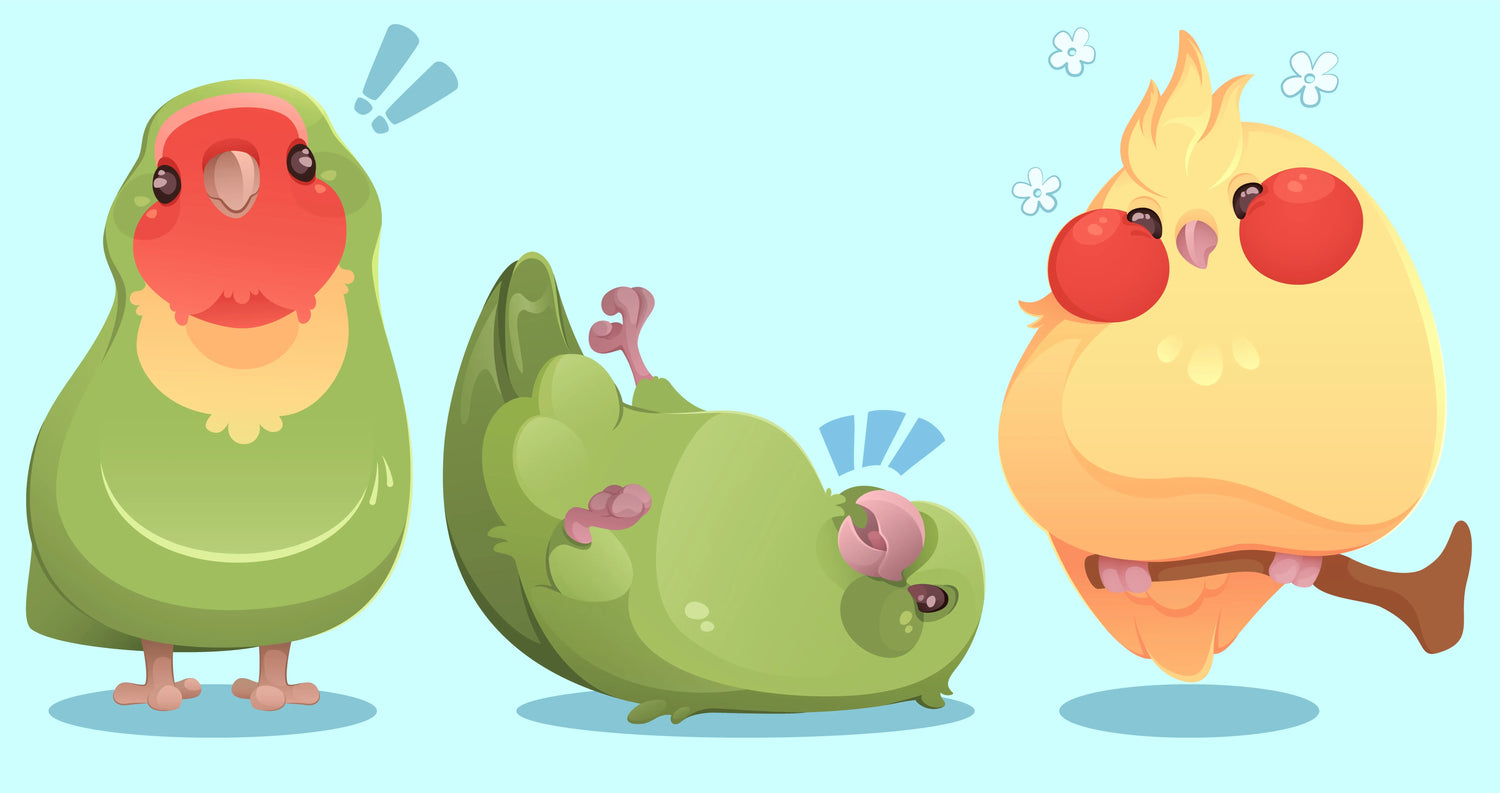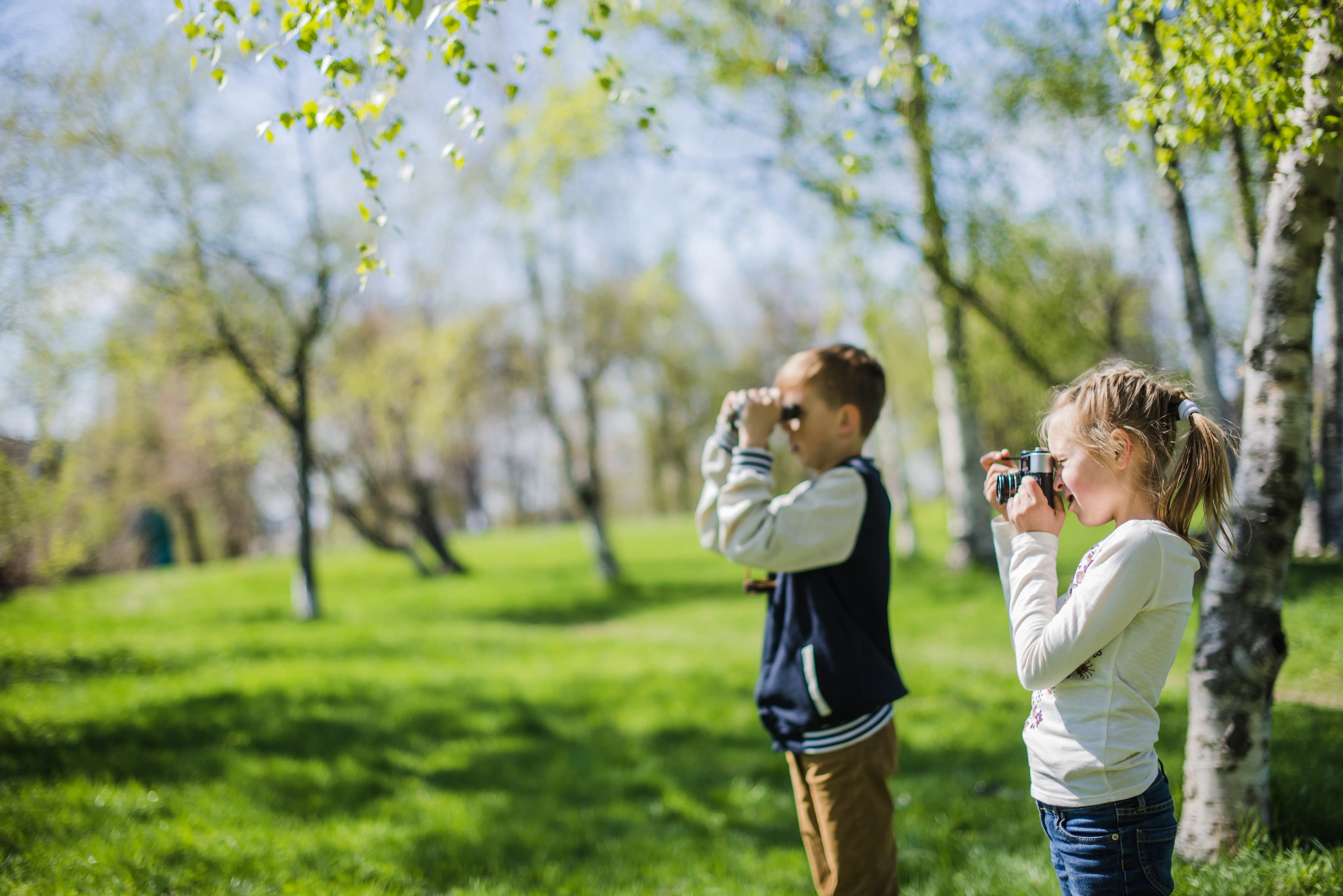Ever spotted a puffed-up cardinal or a round little sparrow and wondered, “Is that bird just really fat?” You're not alone. “Fat birds” are a common sight in backyards, especially during colder months—but that doesn’t always mean they’re overweight.
In this post, we’ll explore why birds sometimes look chubby, how to tell the difference between a healthy fluff ball and a truly fat bird, and when a bird’s body shape might be a sign of something serious.
🐤 Birds Aren’t Fat—They’re Just Fluffy?
One of the most common reasons birds look fat is simply their feathers.
When birds fluff up their feathers, they trap air between the layers, creating insulation to stay warm. This behavior is especially common in winter and gives birds that cute, rounded appearance we often interpret as “fat.”
🔍 Fun fact: A small chickadee can increase its visible body volume by nearly 50% just by fluffing up its feathers!
So, if your backyard bird looks like a ball of fluff but is flying, feeding, and acting normal—it’s probably just cozy, not overweight.
🍗 What Is Real “Fat” in Birds?
Birds do store fat, just like other animals. In fact, for many species, having fat reserves is essential for survival.
🔋 Birds Need Fat For:
- Migration — Long-distance flyers like warblers and shorebirds double their body weight before migration.
- Cold weather — Birds like juncos and titmice build fat reserves in fall to survive freezing nights.
- Breeding season — Fat gives birds the energy to mate, nest, and raise chicks.
But there’s a difference between natural fat storage and unhealthy fat buildup, especially in birds that live close to human environments and feeders year-round.
⚠️ When a “Fat Bird” Is Cause for Concern
Here’s how to tell the difference between a healthy-looking bird and one that might be struggling with weight or illness:
✅ Healthy Bird Behaviors:
- Active and alert
- Regularly flying and preening
- Eating natural food or feeder offerings in moderation
- Fluffy appearance changes with weather
🚨 Potential Signs of Trouble:
- Constantly puffed up in warm weather
- Sitting still for long periods
- Labored breathing, half-closed eyes
- Dirty feathers or drooping wings
- Reliance on high-calorie processed foods
- Lack of normal activity or interaction with other birds
🧠 Tip: If a bird appears puffed up on a warm day, it could be ill or stressed—not just cozy.
🧁 Can Birds Become Obese from Feeders?
Yes. While feeding birds is a great way to support local wildlife, overfeeding or offering the wrong types of food can lead to unnatural weight gain—especially for sedentary or non-migratory birds.
✅ Best Bird Foods:
- Black oil sunflower seeds
- Mealworms
- Unsalted peanuts
- Suet (in cold months only)
🚫 Foods to Avoid:
- Bread, crackers, chips
- Sugary cereals or cookies
- Salted or flavored nuts
- Suet in hot weather (can go rancid)
Keeping feeders clean, offering a variety of appropriate foods, and avoiding excessive human snacks is key to bird health.
🐤 Fluffy ≠ Fat: How to Tell at a Glance
| Feature | Fluffy Bird | Fat or Sick Bird |
|---|---|---|
| Feathers | Puff out in cold, flatten in warmth | Always puffed, even when warm |
| Behavior | Active, alert, flying | Sluggish, grounded, hiding |
| Breathing | Normal | Labored or open-mouth |
| Movement | Agile, hops and perches | Hesitant or not flying |
| Eating | Controlled, natural foraging | Overeating or barely eating |
Want a clearer view? Try observing birds during different times of day and temperatures. Their body posture often changes with weather.
🔍 How Smart Feeders Can Help You Notice Changes
Many backyard birdwatchers now use camera-equipped smart feeders to get a closer look at daily bird behavior.
These feeders:
- Capture close-up photos and videos for behavior monitoring.
- Help identify when a bird visits more or less frequently.
- May reveal early signs of illness (less movement, abnormal posture, strange feather condition).
🐦 “I noticed one bird kept sitting under the feeder but wasn’t eating. Reviewing my smart feeder footage helped me realize it was sick. I contacted a local wildlife center—it made all the difference.” — Backyard birder from Vermont.
With tools like Bilantan’s smart bird feeder, you can support bird health while enjoying deeper observation and learning.
💬 FAQs About Fat Birds
Q: Why do birds puff up in winter?
A: To trap warm air using their feathers—this helps them stay warm and look rounder, but it’s completely normal.
Q: Can wild birds become obese?
A: Yes, especially if they rely on high-calorie human foods or are overfed year-round.
Q: Should I stop feeding birds if they look fat?
A: Not necessarily. Focus on offering the right kind of food and watch for behavioral changes.
Q: How can I help a bird that seems sick or overweight?
A: Remove processed foods, provide clean water and cover, and if necessary, contact a local wildlife rehab center.
🎯 Conclusion: Fat, Fluff, or Flight-Ready?
Not all fat-looking birds are unhealthy. Many are simply fluffing up to stay warm or storing energy for survival. But by learning how to spot signs of trouble, you can better support your feathered visitors and enjoy a healthier, more balanced backyard ecosystem.
Want to observe your birds more closely and confidently?
Smart feeders can help you track, learn, and protect your backyard flock.
👉 Discover Smart Bird Feeders by Bilantan — where birdwatching meets smart care.
Let the fluff be fluff—and let your bird knowledge grow.




Leave a comment
All comments are moderated before being published.
This site is protected by hCaptcha and the hCaptcha Privacy Policy and Terms of Service apply.